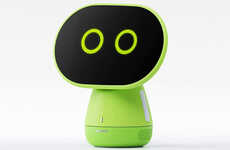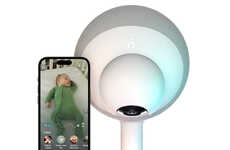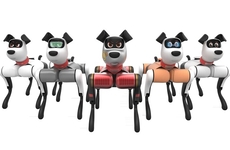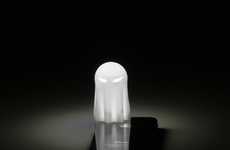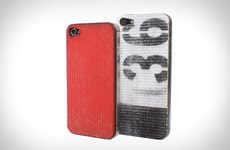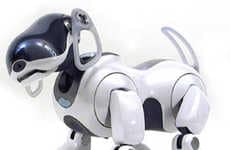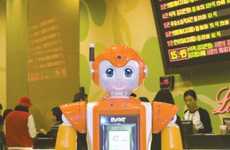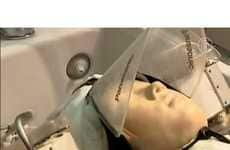
Japanese Researchers Develop 'Pneuborn' Robots to Study Babies
Michael Hines — May 17, 2011 — Tech
References: plasticpals & laughingsquid
Japanese researchers at Osaka University's Hosoda lab have developed two baby robots designed to help researchers learn more about the development of motor skills in babies. The Pneuborn robots have been named Pneuborn-7II and Pneuborn-13 after their respective "ages" of seven and 13 months.
Penuborn 7-II has been taught to crawl and is designed to study motor development and embodiment and their relationship. Pneuborn-13 has been taught to walk and was created to study the how the musculoskeletal structure effects a baby's ability to begin walking.
Despite the potential wealth of knowledge to be gleaned from the Pneuborn Robots, I still find them incredibly creepy. Just the sight of an autonomous robot designed to look like a baby gives me the creeps. Still, I wouldn't be surprised if other researchers started creating more baby robots if this study turns out to provide a wealth of information. Baby robots are on the rise, remember where you heard it first.
Penuborn 7-II has been taught to crawl and is designed to study motor development and embodiment and their relationship. Pneuborn-13 has been taught to walk and was created to study the how the musculoskeletal structure effects a baby's ability to begin walking.
Despite the potential wealth of knowledge to be gleaned from the Pneuborn Robots, I still find them incredibly creepy. Just the sight of an autonomous robot designed to look like a baby gives me the creeps. Still, I wouldn't be surprised if other researchers started creating more baby robots if this study turns out to provide a wealth of information. Baby robots are on the rise, remember where you heard it first.
Trend Themes
1. Baby Robots - Disruptive innovation opportunity: Creating more realistic and advanced baby robots for research and development purposes.
2. Motor Skills Development - Disruptive innovation opportunity: Developing technologies and tools to enhance and speed up motor skills development in children.
3. Embodied Robotics - Disruptive innovation opportunity: Exploring the possibilities of integrating robots into the field of embodiment research.
Industry Implications
1. Robotics - Disruptive innovation opportunity: Advancing robotics technology to create more human-like and interactive baby robots.
2. Child Development - Disruptive innovation opportunity: Incorporating technology and robotics into child development programs to improve learning and skills acquisition.
3. Medical Research - Disruptive innovation opportunity: Leveraging baby robots to better understand motor development and improve medical treatments for related conditions.
0.8
Score
Popularity
Activity
Freshness


